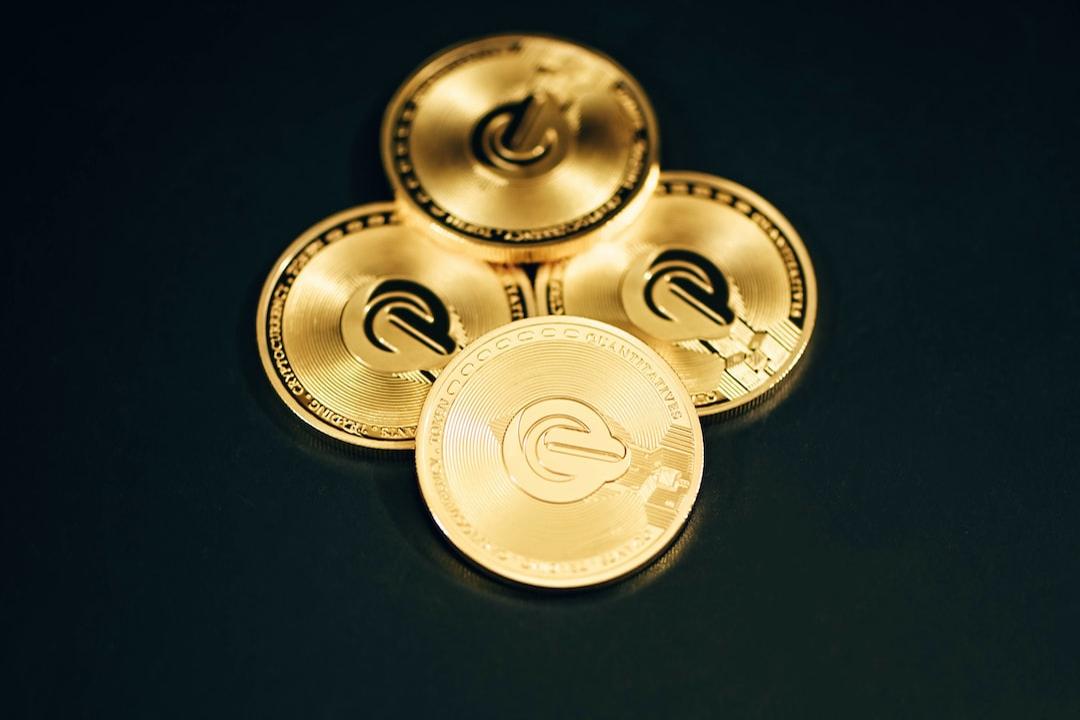With just over a week left until the U.S. election, market experts including VanEck’s Matthew Sigel are assessing Bitcoin’s potential trajectory.
Bitcoin hit a daily high of $69,230 today, rebounding from last weekend’s bear market, when the price fell to $65,000. In an interview with CNBC, Sigel, head of digital asset research at VanEck, discussed Bitcoin’s correlation with the Nasdaq and the “Magnificent Seven.” The CNBC host raised concerns about Bitcoin’s status as a safe-haven asset, pointing to its recent movement in line with risk assets.
These correlations can fluctuate over time, Sigel explained. On a 10-year timeline, Bitcoin has a lower correlation with the Nasdaq, at around 0.1. However, it recently rose to 0.5, which has caused concern among some investors as they would prefer a lower correlation between Bitcoin and traditional risk assets.
Nonetheless, Sigel emphasized that VanEck believes the current situation is very bullish for Bitcoin, comparing it to 2020.
“At the time, Bitcoin was less volatile and then quickly moved higher after the election results were confirmed,” Sigel noted.
He predicted new buyers might enter the market after the election, helping prices surge. Additionally, he suggested that if this pattern continues, a Moody’s downgrade of U.S. sovereign debt could further catalyze Bitcoin’s gains.
Meanwhile, the CNBC host further pressed whether Bitcoin has a correlation with the U.S. dollar and money supply growth (M2) similar to gold, noting that the correlation between gold and Bitcoin seems to fluctuate.
Sigel responded emphatically, saying that Bitcoin is a bit like a chameleon. Its relevance changes over time, making it difficult to predict in the short term which factors it will be correlated with.
The discussion turned to Bitcoin’s fixed supply of 21 million, with the moderator questioning whether that feature strengthens its appeal as a hedge against currency debasement. Sigel noted that Bitcoin is not a U.S. asset, but an emerging market asset.
He noted that the BRICS recently welcomed six new members, bringing its GDP to more than the combined GDP of the G7 countries. Among the new members, Argentina, the United Arab Emirates and Ethiopia are incorporating Bitcoin into government resources.
“Outside the U.S., there is an urgent need to find a way to circumvent the irresponsible fiscal policies we have been pursuing,” Sigel commented.
He added that Russia is investing its sovereign wealth fund in regional projects to build bitcoin mining and artificial intelligence infrastructure with the goal of settling global trade in bitcoin.
“Maybe in five or 10 years, we’re likely to see these countries using Bitcoin for trade. The question is: what are we going to do about it?”
When asked if Bitcoin could hit $100,000 or even $200,000 soon, Sigel responded in the affirmative. He noted that the smallest trough-to-peak gain in a Bitcoin cycle was 2000%. According to him, if the market achieves half of that, that would be an increase of 10,00%, pushing the price to about $180,000.
As for when this might happen, he said:
“I believe after the election will be a major catalyst.”
Disclaimer: This content is for informational purposes only and should not be considered financial advice. The opinions expressed in this article may include the personal opinions of the author and do not reflect the views of The Crypto Basic. Readers are advised to perform adequate research before making any investment decisions. The Crypto Basic is not responsible for any financial losses.
Posted ininformation
VanEck research chief sees very bullish scenario for Bitcoin ahead of US election

VanEck research chief sees very bullish scenario for Bitcoin ahead of US election
